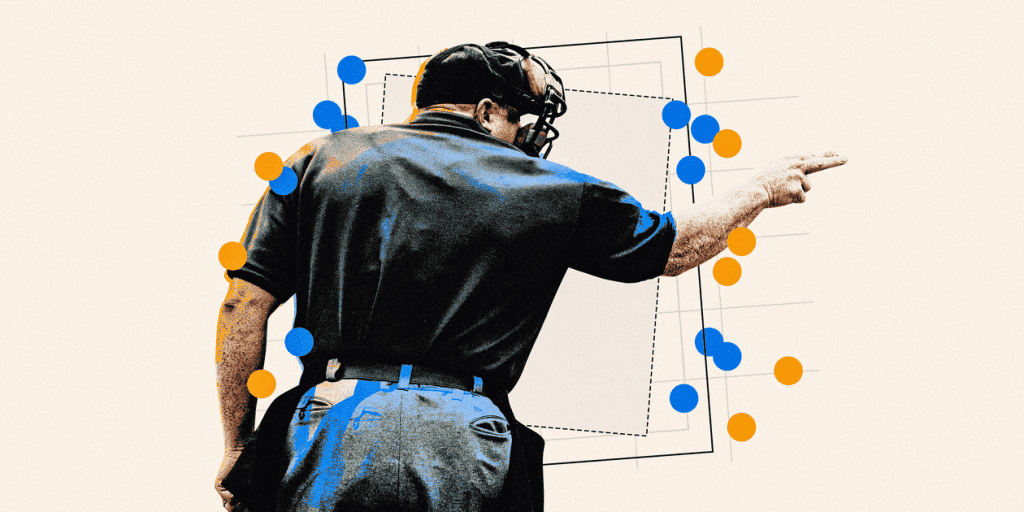By Jayson Stark, Ken Rosenthal and Eno Sarris
Changes in Umpire Evaluations Impact Strike Zone
Last winter, Major League Baseball (MLB) implemented a critical update in how home-plate umpires are assessed. Now, a month into the season, players are noticing what they perceive as a reduced strike zone, prompting them to seek adjustments to this unexpected change.
Reduced Margin of Error
This adjustment emerged from a new agreement with the Major League Umpires Association, leading to a significant reduction in the margin of error for umpires during evaluations. Consequently, fewer pitches are being called strikes that fall along the edges of the plate compared to the same timeframe last season.
Reactions from Players and Coaches
Players across the league, including Angels catcher Travis d’Arnaud, have expressed that the strike zone appears to have diminished for all umpires. While the number of impacted pitches is relatively small, the reactions from players, coaches, and front offices have been substantial, indicating shifts in game planning and pitcher strategy.
The New Buffer Zone
Previously, umpires enjoyed a 2-inch buffer zone around the strike zone, allowing some leeway in their calls. This has now been trimmed to just three-quarters of an inch, making calls more stringent. League sources confirm that this change aims to align umpires’ calls more closely with the official rulebook strike zone, despite the definition of the strike zone remaining unchanged.
Awareness of Changes Lacking
Many players, such as Phillies reliever Matt Strahm, were unaware of this reduction and believed the strike zone would remain the same as in previous seasons. Although MLB officials stated they informed general managers and field managers about these changes, many players did not recall receiving this information prior to the season.
Impact on Game Dynamics
The perception among players is that the strike zone has indeed shrunk. Analytics and game strategies are being affected, as fewer called strikes on the edges could lead to significant changes in player evaluations and pitching approaches. Strikingly, data indicates the current season has experienced the highest accuracy in strike calls since the start of Statcast tracking.
Future Discussions and Adjustments
The impact of these changes remains a topic of discussion, and the competition committee is set to convene to explore these adjustments further. While many managers support the intent behind the change, clarity on communication and player preparation going forward needs improvement, as it affects their ability to adapt strategically.



